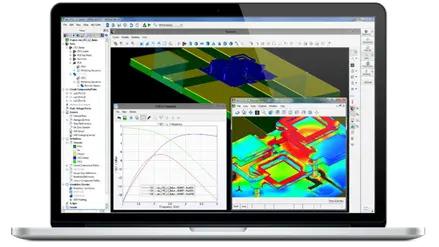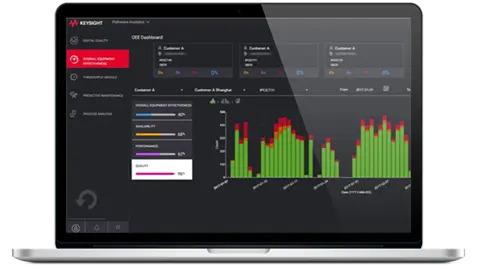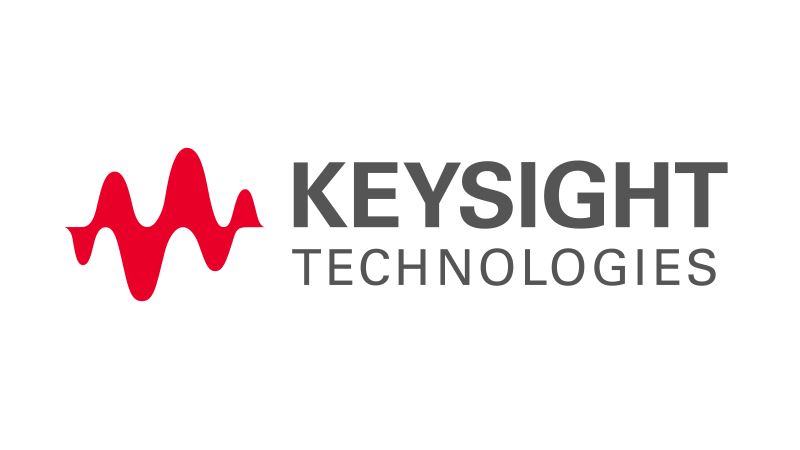Innovating with AI for Customer Success: Part 1
By Marie Hattar CHIEF MARKETING OFFICER
Last month I had the pleasure of presenting at Keysight World China, attended by over 500 of our customers and partners, where I detailed my views on how AI is impacting our lives, our solution innovations, and most importantly, our customers. As you might imagine, we’re in the early stages of a long and exciting journey. And, if you all have your own perspectives, please weigh in!
It goes without saying that we’re at ‘Peak AI’ — just look at industry innovation, the volume of press and analyst coverage, and the impact on how we create and relate. But what is the practical application? How will it help with innovation or create a more intuitive experience for our customers?
Much has been written about the role technologies like GPT or GitHub Copilot can play in code development. Some speculate that many junior developers will be replaced over the next decade. But the reality is that you can’t just advance to higher levels of expertise without understanding the fundamentals and building on practical experience. You wouldn’t take a high school student with a learner’s permit and place them in a Formula One car, would you? We need to take a measured and evolutionary approach, where we see, at least for the near term, AI helping to automate repetitive tasks like debugging and testing. The goal is to improve the productivity of our engineers by permitting them to focus on more complex issues.
How to Optimize Performance with AI-Driven Design & Test Solutions
For product releases, we’re leveraging Eggplant, an AI company we purchased a while back, to help automate test scenarios. One example is leveraging Eggplant Test Automation for testing our PathWave Manufacturing Analytics, and ICT software. This automation cuts through many limitations of traditional ‘invasive’ testing with tradeoffs between test coverage and time. As solutions become increasingly complex, methods like this will play a vital role in the velocity of innovation.
Figure 1 Keysight Electronic Design Automation (EDA) software
A more sophisticated approach is the creation of digital twins for some of our high-end product development. As a refresher, a digital twin is a dynamic virtual copy of a physical system — mechanical, electrical, or any other — that can accurately be described mathematically. For example, aircraft manufacturers have pioneered the use of twins to model real-time aircraft performance via telemetry to identify issues before they create potential problems in the air. Within Keysight, we use Electronic Design Automation (EDA) software for design and simulation and the creation of software digital twins. We extend this beyond the commonly understood ‘system level’ emulation into every development stage: low-level component design, high-level sub-system design, system level, and even solution level.
Figure 2 Keysight PathWave Manufacturing Analytics software
The existence of these twins also helps with debugging and enhancements once the tools are in the hands of our customers. Through predictive instrument diagnosis, we can proactively identify potential faults. For example, by training on datasets of internal calibration settings, fan speeds, and temperatures, we’ll leverage AI to develop predictive models that provide early warning of an instrument out of calibration or functional failure. An endgame would be self-calibrating hardware.
AI & the Future of Innovation
We’re also evaluating Generative AI as a starting point for new concepts or even circuit design; the latter is possible as we describe the circuit design in code. The net effect is that we’ll be able to bring to market new offers with increased velocity and higher quality. And we’ll quickly draw on the learnings of others across Keysight for these innovations.
As you may imagine, we’ve come a long way from the garage in Palo Alto, but the journey is just beginning. In Part 2 of this blog, I’ll describe how these innovations benefit our customers across verticals as diverse as aerospace, healthcare, automotive, and wireless.




